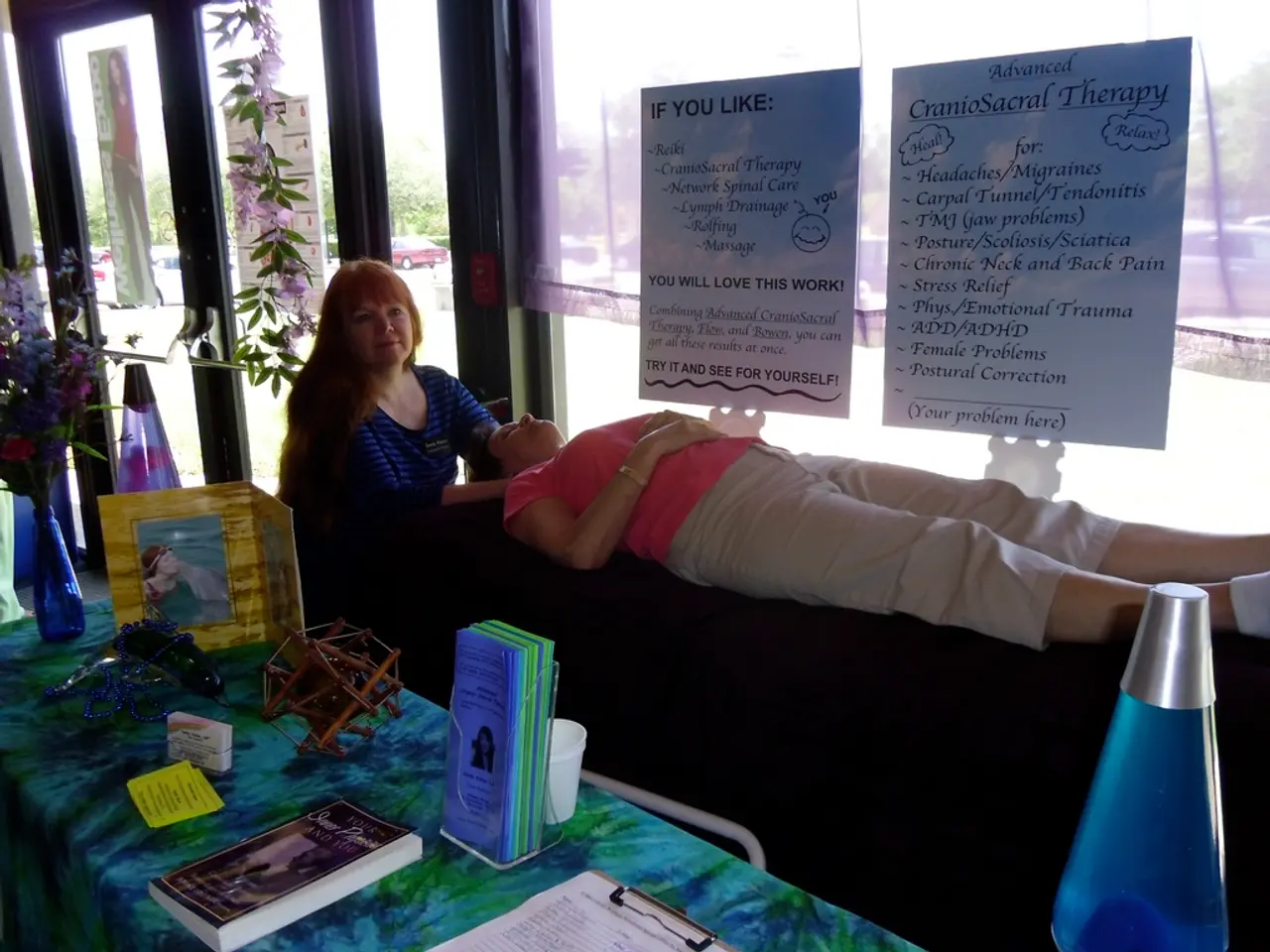Impaired control of movement, or Dysmetria, explanation, reasons, examination methods, and care strategies
Living with a progressive ataxia, such as spinocerebellar ataxias (SCAs), can present challenges for individuals. One common symptom associated with these conditions is dysmetria, a coordination disorder that affects the ability to accurately judge distances or scale movements.
Symptoms of Dysmetria
Dysmetria often leads to motor incoordination, resulting in unsteady and clumsy movements. People with dysmetria may have difficulty controlling the speed, distance, and range of motion of their movements, and may undershoot or overshoot when trying to perform precise actions.
Other symptoms of dysmetria can include gait disturbances, speech and swallowing issues, and eye movement abnormalities. A "drunken gait" with variable foot placement and irregular trajectories is common, as is slurred speech (dysarthria) and difficulty swallowing (dysphagia). In some cases, involuntary eye movements (nystagmus) may be present.
Diagnosis and Treatment
Diagnosing dysmetria typically involves a series of coordination tests, such as the heel-to-shin test or the finger-to-nose test. While there is no cure for progressive ataxias, treatment focuses on managing symptoms and improving quality of life.
Physical therapy plays a key role in managing dysmetria. It focuses on balance training, muscle strengthening, and gait retraining to enhance coordination and mobility. Occupational therapy helps maintain independence by adapting daily activities to the individual's capabilities. This may involve using weighted tools, voice-activated software, removing tripping hazards, changing the layout of spaces, using large buttons, nonslip mats, cups with lids and straws, and devices with large buttons.
Speech therapy addresses dysarthria and related communication difficulties, while assistive devices such as walkers, canes, or orthotics may be necessary to ensure safety and mobility. For cases with vestibular involvement, exercises can help improve balance through vestibular rehabilitation.
Support and Planning
Living with a progressive condition like ataxia can be challenging, both physically and emotionally. Support groups, such as those offered by the National Ataxia Foundation, can provide a valuable resource for individuals to connect with others who have had similar experiences.
Mental health support may also be beneficial. Ataxia can have a significant impact on a person's mental health, and some people may benefit from speaking with a therapist or counselor with experience helping people with long-term health conditions.
It's important for individuals with progressive ataxia to discuss future plans with their healthcare team to ensure additional support is in place when needed. As the condition progresses, a person's needs may change, and early intervention and continuous practice with a healthcare team can significantly impact management and quality of life.
- The science behind neurological disorders, including spinocerebellar ataxias (SCAs), continues to advance, revealing the complexities of other neurological conditions and offering insights for medical-health treatments and therapies.
- Health-and-wellness strategies can be crucial in the management of dysmetria, a symptom associated with ataxias, such as adopting physical-therapy exercises for balance training, muscle strengthening, and gait retraining to improve coordination and mobility.
- In addition to medical-treatments, addressing mental-health concerns and participating in support-groups can be essential for individuals living with progressive neurological disorders like ataxia, as they navigate emotional challenges and work towards a balanced lifestyle.




